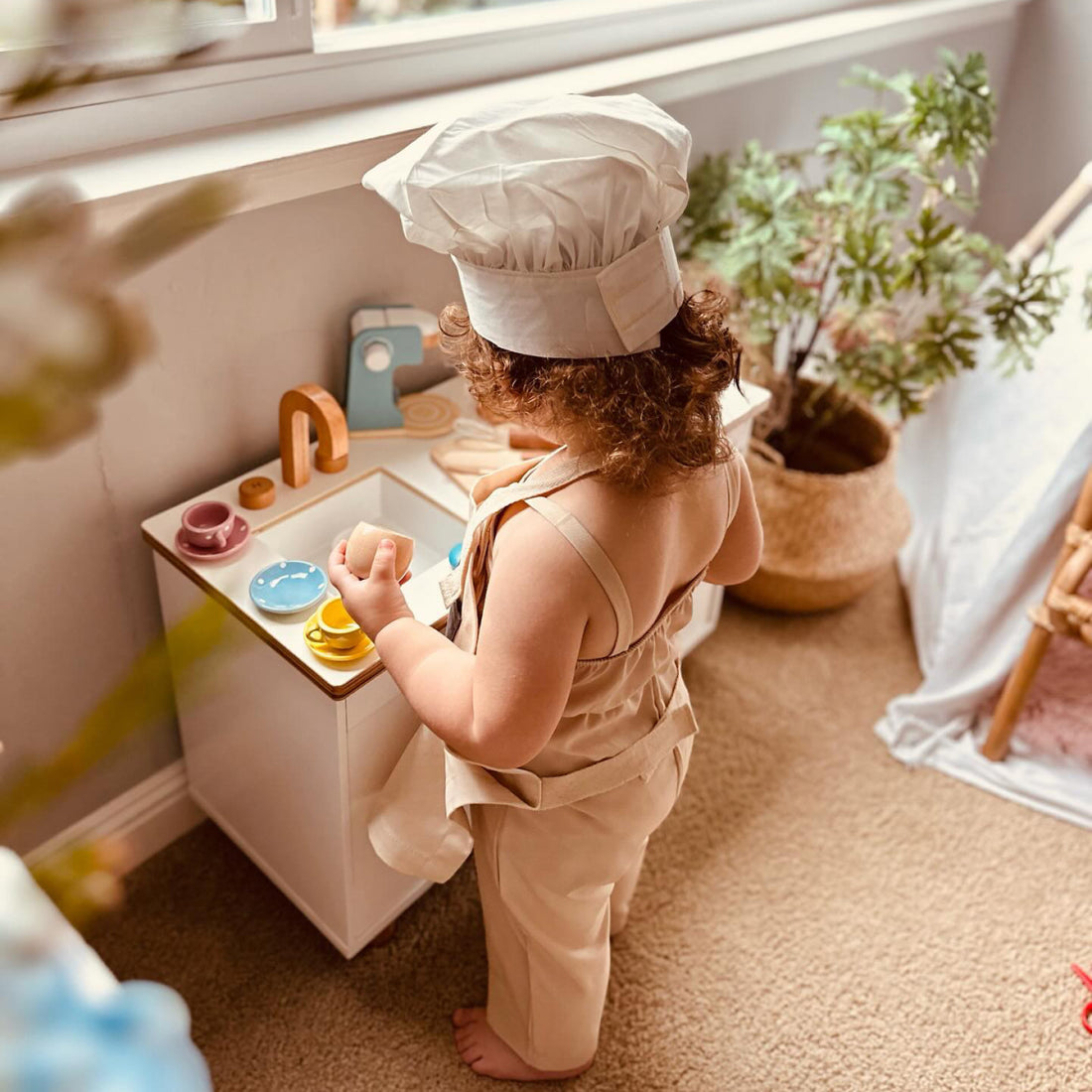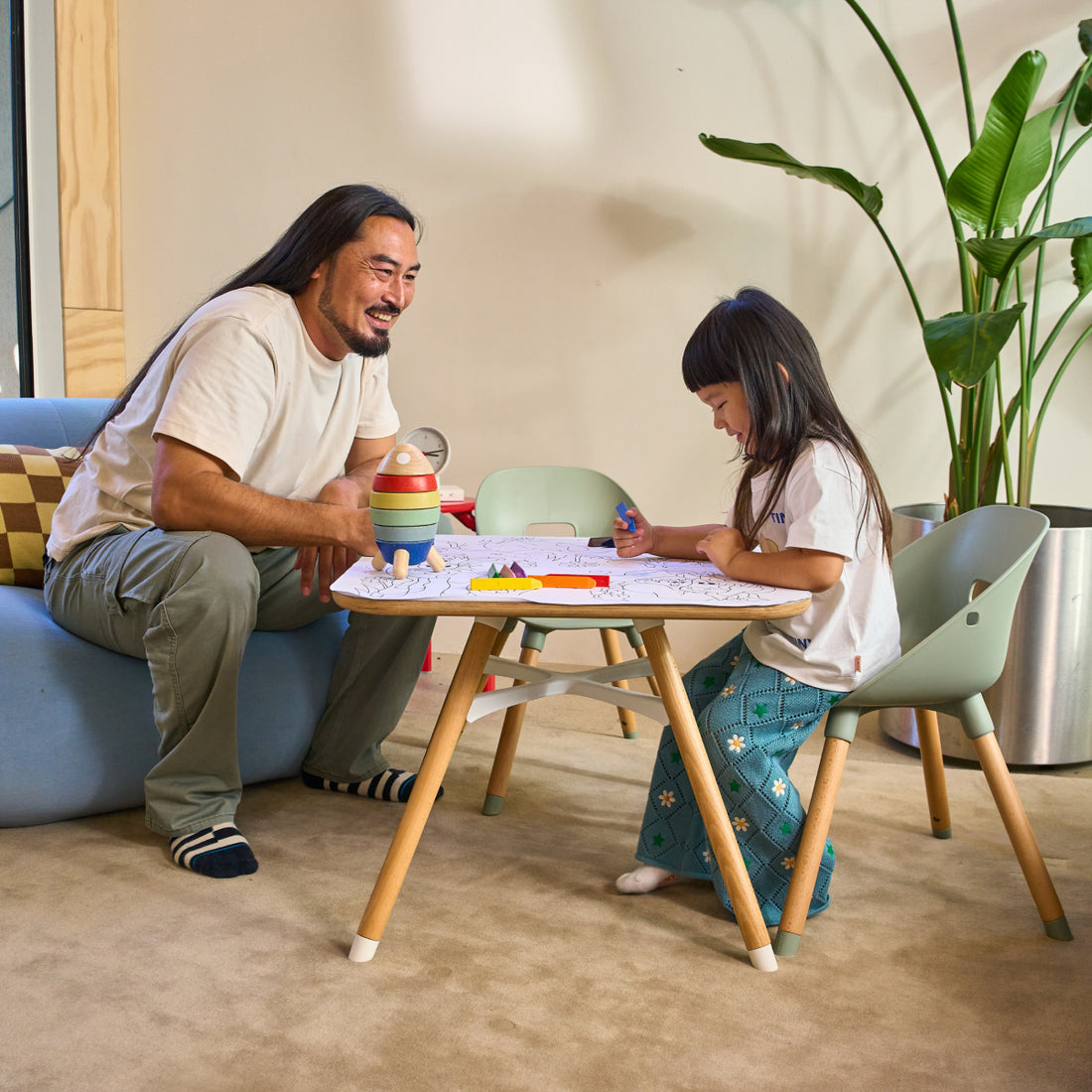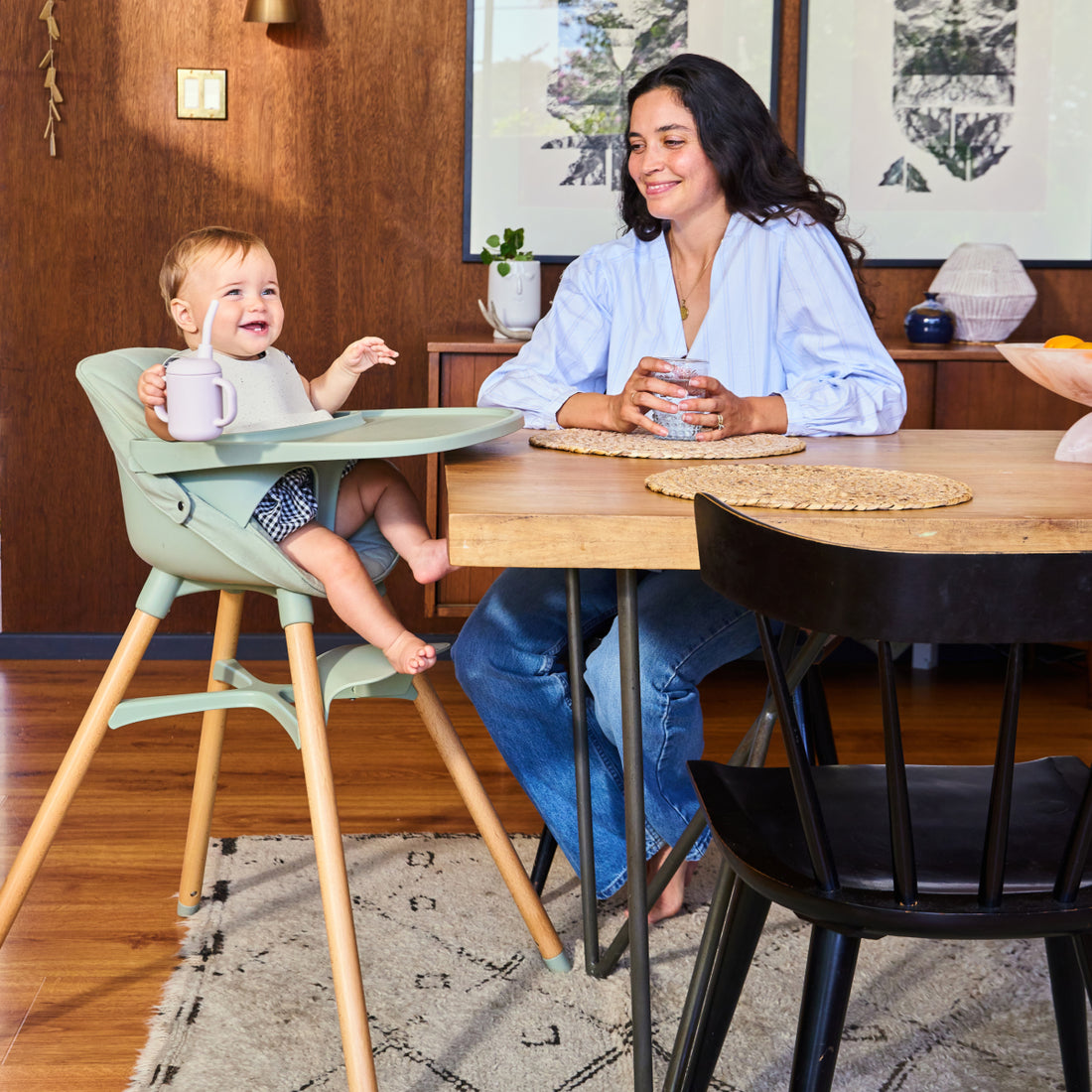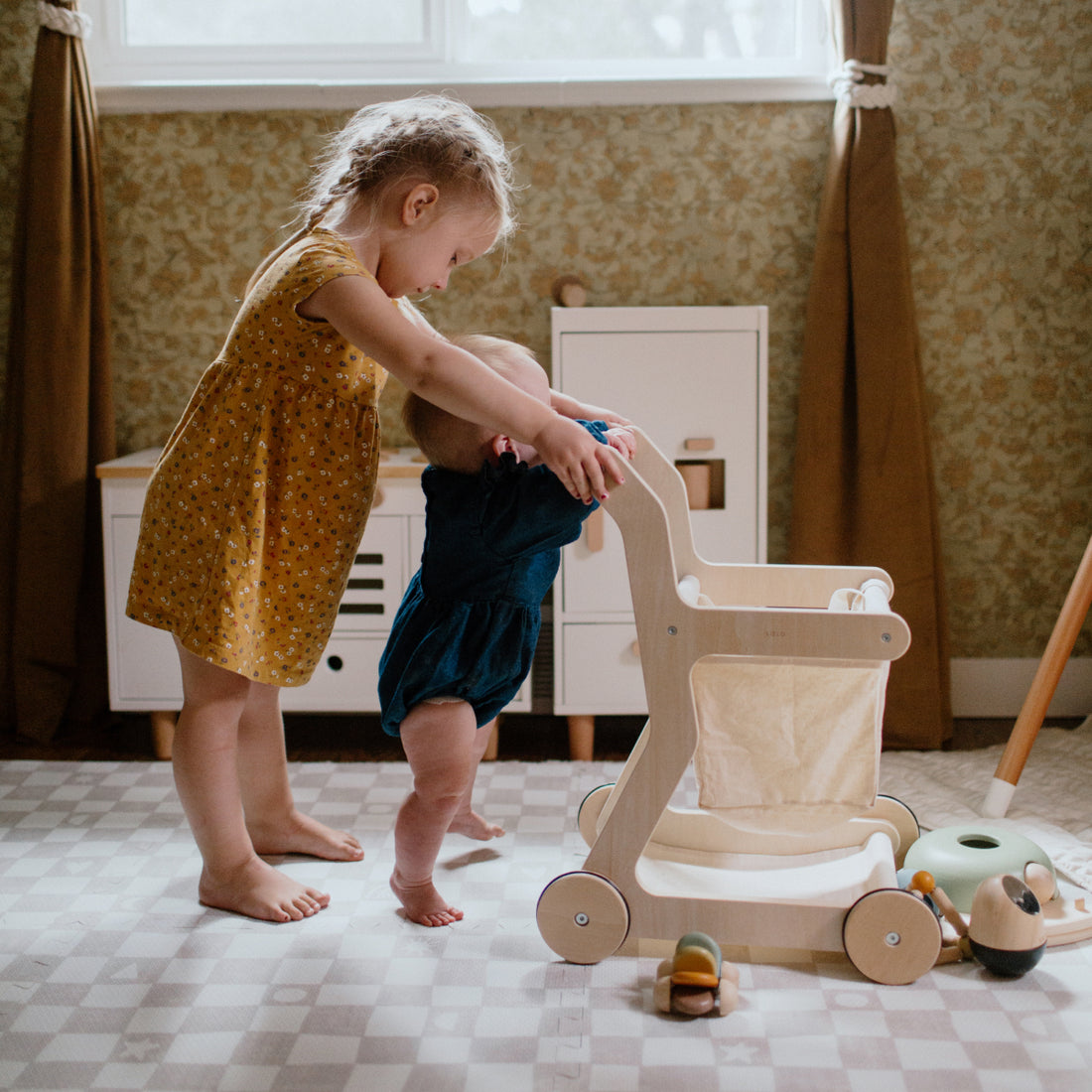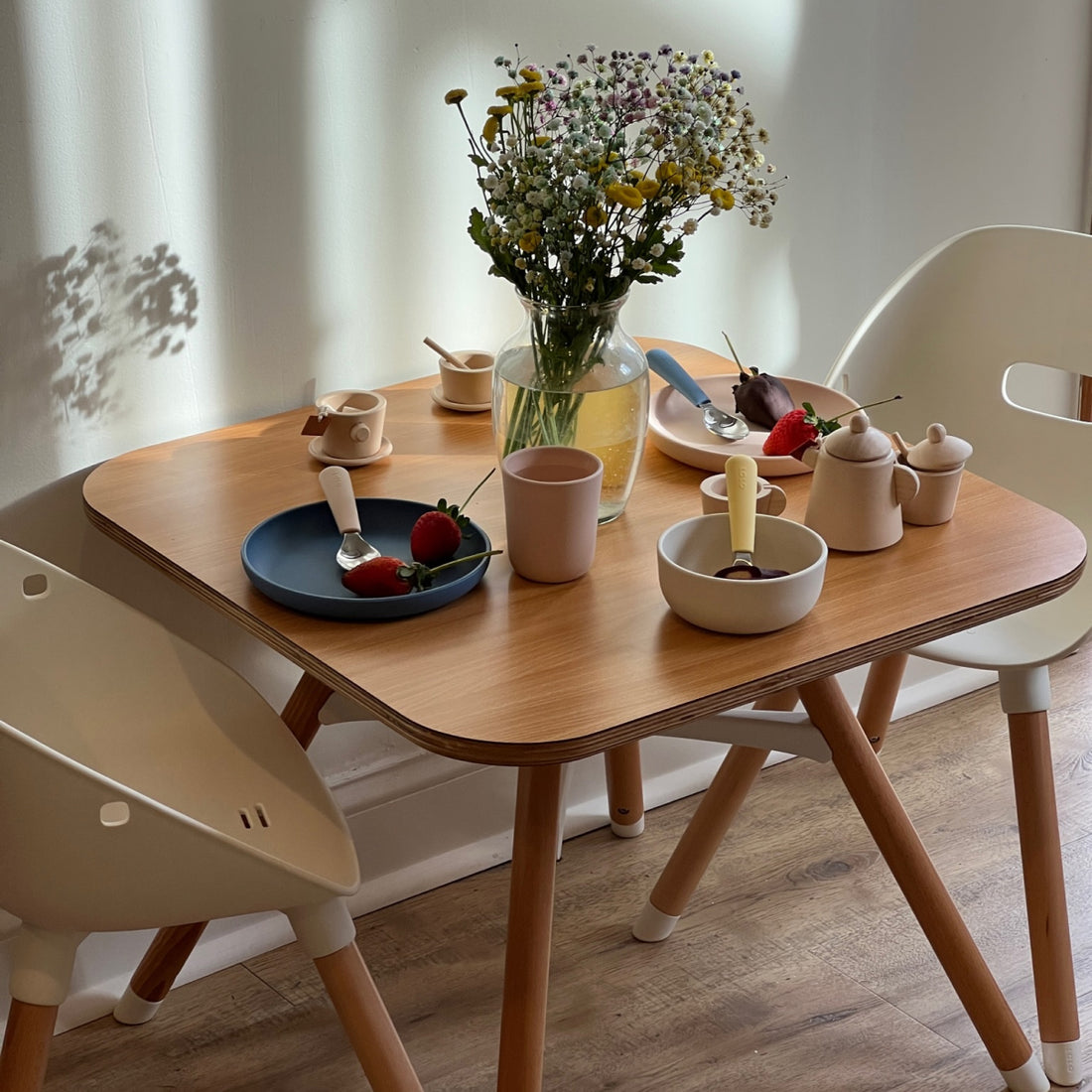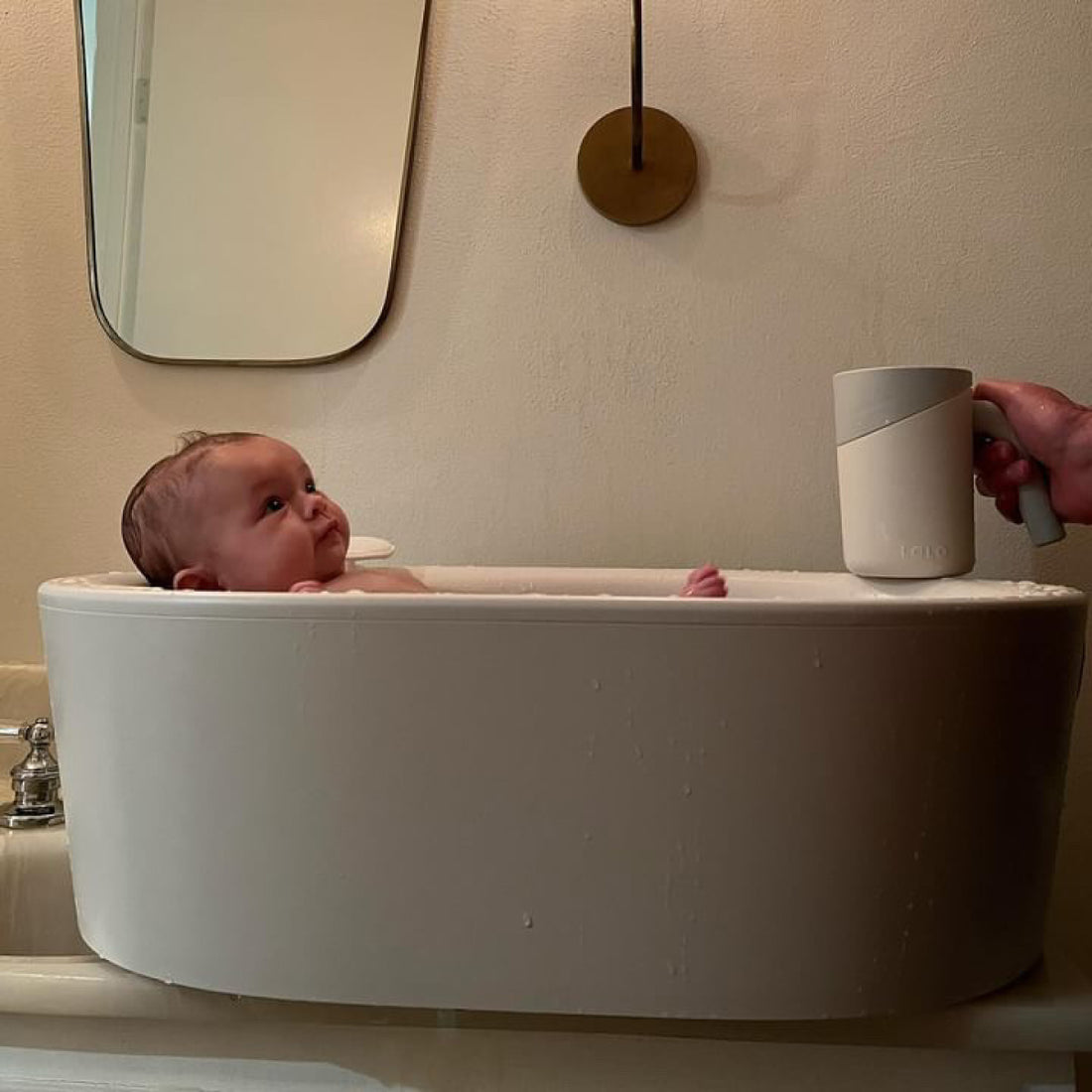Family Investing Guide
By the team at EarlyBird
Did you know that more than half of American families aren’t saving for their kids’ futures? Lucky for them, no matter how old your children are today, it’s never too late to get started. Investing in your little ones is a gift you give them for life. Let’s talk about how to get started!
We all want the kids we love to grow up without being weighed down by heavy financial burdens. Unfortunately, most families just aren’t investing for the future. If you’re serious about creating a nest egg for your kids, it’s important to get started as soon as you can. They say the best time to plant a tree was 20 years ago—and the second-best time is today. The same is true for investing.
Let’s put this into perspective: With $100 invested each month from birth to the age of 18, your child could have over $40K towards college expenses at 18, over $100K to start a business or buy a home at age 30, and over $1M if they hold the funds until retirement, assuming 8% year over year growth.*
In this guide, you’ll learn about what to consider when choosing investments, the different types of investment accounts available to help you build generational wealth and create a nest egg for your little one followed by a checklist to get you started as a family.
What to Consider When Choosing Children’s Investments
Before you invest a penny for the future, you should sit down and consider where you and your family stand on some of the key fundamentals of investing. These include your risk tolerance, time horizon, investment goals, and diversification.
Risk tolerance
Your risk tolerance describes how much you’re willing to risk losing in order to make gains.
Investing isn’t a sure thing, as there’s always a chance that the assets you’re investing in could decrease in value. Before you invest, you have to decide how much you’re comfortable risking in pursuit of high returns—and a big part of your risk tolerance tends to link pretty closely to your time horizon.
Time horizon
Your time horizon is the amount of time you’re expecting it to take to reach a specific financial goal.
Generally speaking, you’re working with a longer time horizon when investing for children—and because of this, you can afford to take on a little more risk. This is essentially because, if your assets do end up dropping in value, you can reconfigure your portfolio as needed, and still have plenty of time to meet your long-term financial targets.
Investment goal
Your investment goal is the reason you’re putting money away. It might be to save for your child’s wedding, a down payment on a future house, college tuition, or even future retirement.
Whatever your goal, it helps to attach a monetary value, so that you know roughly where you need to be within your allotted investment time horizon. This will dictate how much risk you’re willing to take on, the vehicles you use to invest, and how much you put toward achieving your goal.
Diversification
Diversification is the process of creating a broad mix of assets within your portfolio, so that if one asset or sector decreases in value, it can be balanced out by other assets that continue to perform well. By investing in a range of different asset classes or types, you won’t have all your eggs in one basket.
4 Account Types Every Parent Should Know About
1. Custodial investment account
Known for their flexibility, UGMA and UTMA accounts allow you to manage a variety of assets on behalf of a child.
A Uniform Gifts to Minors Act (UGMA) custodial account is an investment vehicle an adult can use to store assets for a minor beneficiary. When you set up a UGMA account, you must manage the assets in that account as its “custodian” until the beneficiary reaches the age of majority in their state—usually either 18 or 21.
Because everything in an UGMA account is the legal property of the minor beneficiary, custodial accounts normally generate tax savings for families, as any unearned income the account generates up to a certain threshold is taxed at the child’s (normally) lower tax rate. UGMA accounts also don’t have contribution limits. This means that, thanks to the IRS Gift Tax, you can gift up to $16,000 per year into a child’s account without needing to pay taxes on it.
2. College savings plan
Unlike UGMA accounts, when you use a 529 Plan or Coverdell ESA to save for the future, those funds can only be used for education. A 529 is a state-run college savings plan that lets you invest cash in pre-selected mutual funds or ETFs. The type of securities basket you’re able to invest in will depend on your state.
A major benefit of 529 plans is that all of the money you invest in a plan grows tax-free. As long as you’re making withdrawals for “qualified education expenses,” you won’t get taxed. However, the state definitions of qualified expenses are usually pretty rigid, so you can often only use a 529 plan to pay for tuition, administrative fees, and (sometimes) on-campus accommodation.
If you take money out for anything that’s not on the list, you’ll have to pay both a penalty and a tax on that withdrawal. 529 contribution limits are also normally quite low—which is why many families decide to set up a custodial account alongside a 529 plan.
3. Custodial retirement account
If your child earns income, you can start saving for their retirement or set aside funds for college. Maximum contributions apply.
A custodial individual retirement account (IRA) is an investment vehicle a parent or guardian can create for a minor who has their own income. The cash you place into a custodial IRA is then able to grow tax-free over time. This means you won’t have to pay the IRS for any capital gains, and you won’t get charged to make withdrawals if the beneficiary is of retirement age. A custodial IRA is, therefore, a very long-term investment to make for a child.
It’s also worth noting that IRAs usually have low contribution limits, and you can’t gift money into the account. Custodial IRA deposits must be sourced from the child’s own income. That makes them ideal if your kid earns regular cash babysitting or mowing lawns. But if you’re trying to set up an investment for a baby or toddler who isn’t earning their own income, a custodial IRA isn’t the right move.
4. Crypto wallet
Establish a diverse, modern portfolio for your child with the addition of Bitcoin or Ethereum, stored safely in a digital wallet.
Over the course of the last decade, thousands of digital currencies have gone live onto the market—with several cryptos like Bitcoin and Ethereum rapidly rising to become household names. Yet the complexity of the crypto world can feel intimidating to newcomers. As a new asset class, crypto is not as established or regulated as assets like stocks or bonds. But with the right approach, crypto can be safe to invest in as long as you take the necessary precautions. That includes sticking with a reputable exchange or platform to buy and sell crypto. It’s also wise to stick to more established cryptocurrencies, like Bitcoin and Ethereum. Ultimately, it’s up to each individual investor to decide whether cryptocurrency makes sense for their portfolio. If you believe that crypto (or blockchain technology) will play a role in the future, it may make sense to invest a small portion of your child’s portfolio in it.
Don’t Wait—Get Started Today
Choosing investments for your child’s future can feel overwhelming. You want to set them up for success by making investments that will grow enough to help them reach their future goals while presenting minimal risk. After all, you want to make sure the funds will be there when your child needs them.
Successful investors know that it’s all about consistently investing for many years rather than choosing the perfect investment or the perfect time to buy. Whether you want to invest for yourself or for your children, now is the time to get started.
** Important note: All investments involve risk. Actual investment performance may be different for many reasons, including, but not limited to, market fluctuations, time horizon, taxes, and fees.*
Ready to get growing? We’ve got an exclusive offer for our Lalo community! Open your little one’s investment account today with EarlyBird, and we’ll give you a $15 gift to kickstart your baby’s future. Get started >>
Family Investing Tasks To Get Started:
-
🔍Review your family’s budget and financial goals
-
🎯Decide what financial target you want to hit and when
-
💲Determine how much you can afford to invest
-
🤔Discuss your tolerance for risk and volatility
-
🆘Set up a savings account for your family’s emergency fund
-
💸Open a flexible custodial investment account for your child
-
📈Set recurring investments into your custodial account
-
🤗Invite family and friends to contribute towards your child’s future—as easy as sharing a link!
-
💵Recurring task: Invest any monetary gifts received on your child’s birthday or holidays
-
✨Open a crypto wallet to safely diversify your investments
-
🎓Decide if a college savings plan is appropriate for your family
-
💰Consider a custodial retirement account if your child earns income
-
💡As they get older, teach your child about their investments—money habits are set by age 7!
Family Investing Events To Consider:
-
🎂 Birthday investment
-
📚 First day of school investment
-
🎉 Last day of school investment
-
🎁 Winter holiday investment
-
💌 Half-birthday investment
-
🧚 Tooth fairy investment





